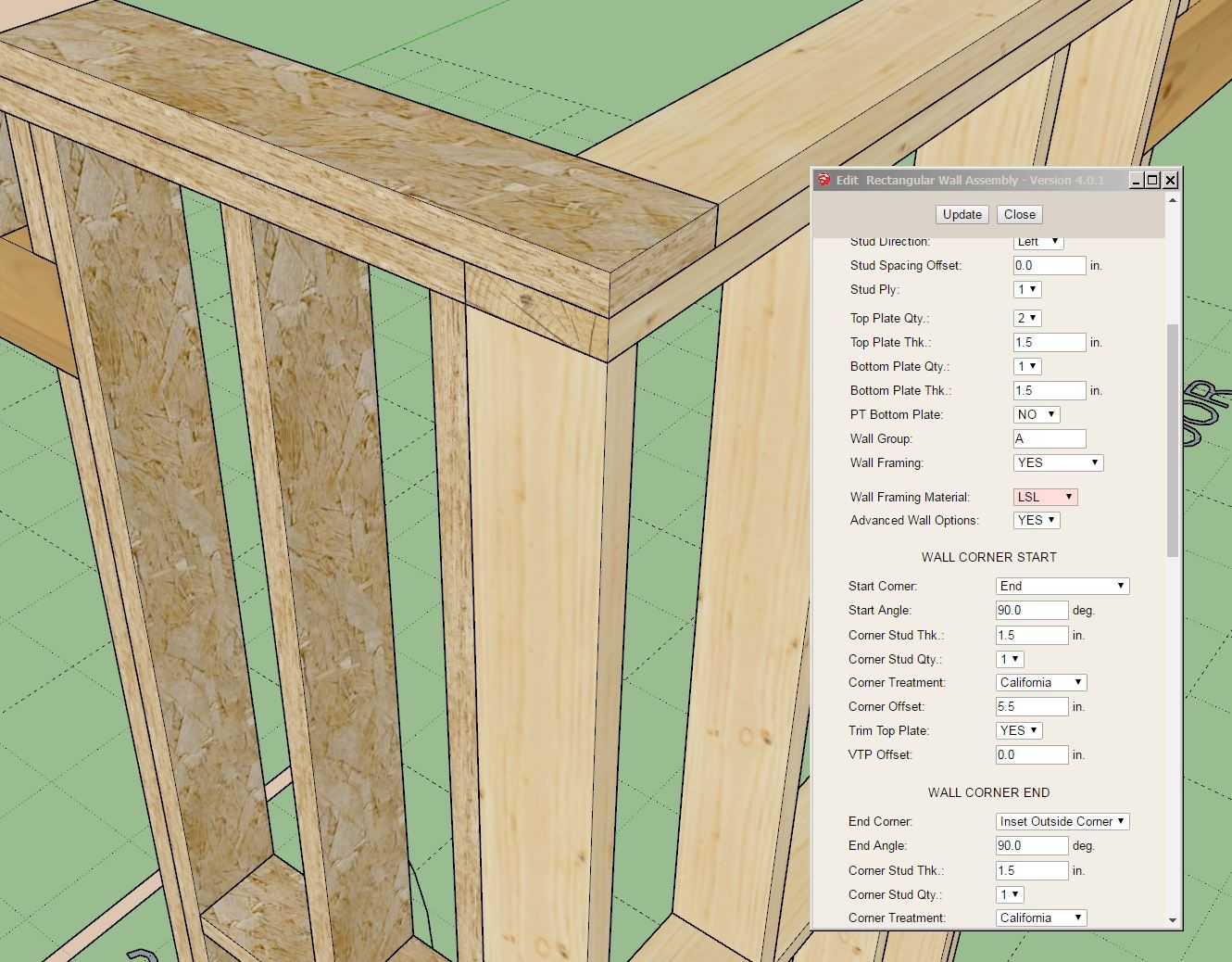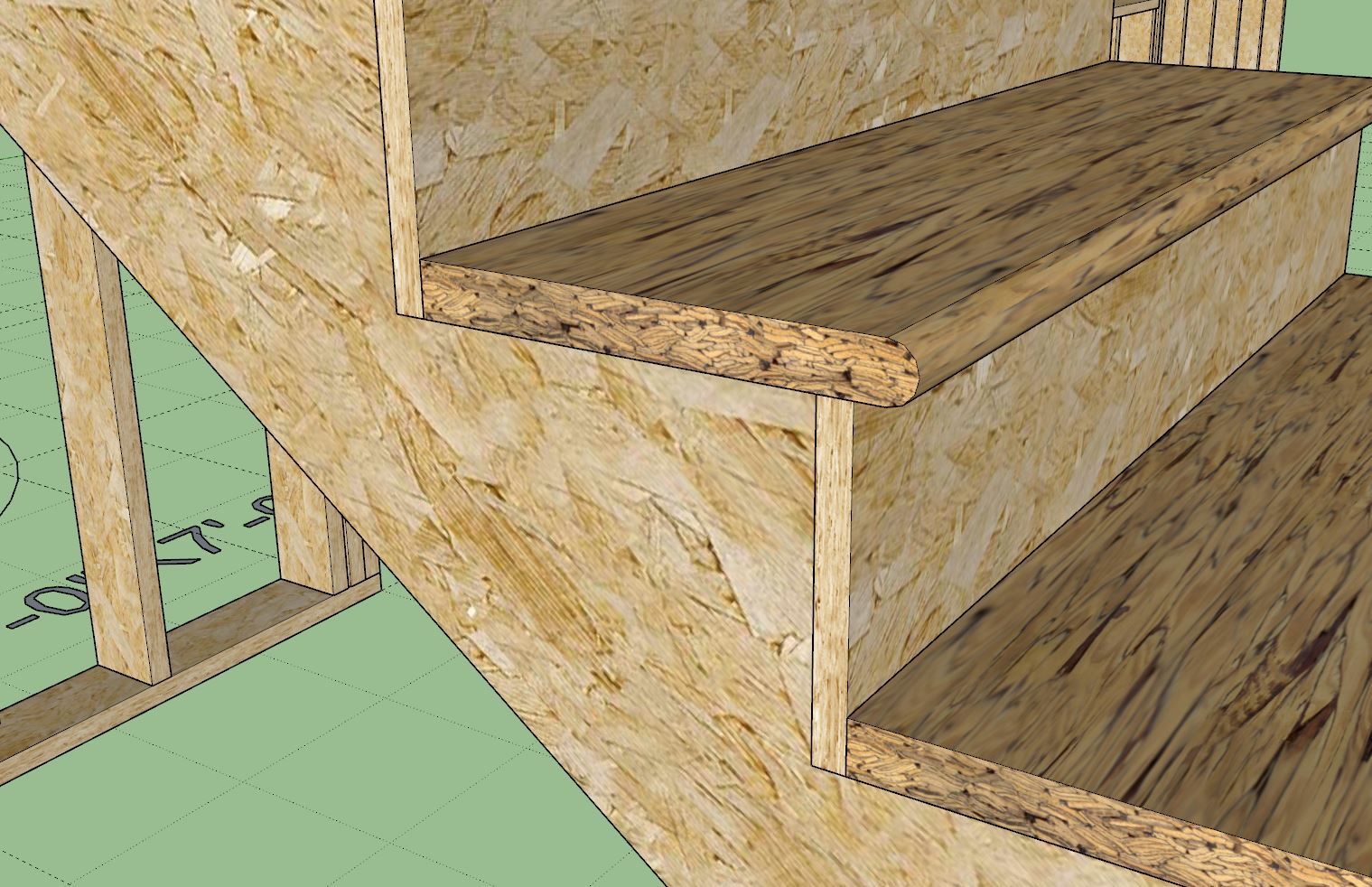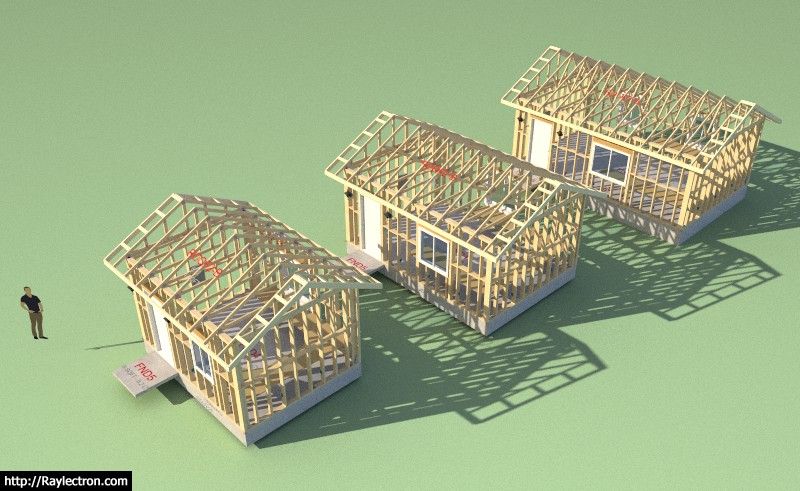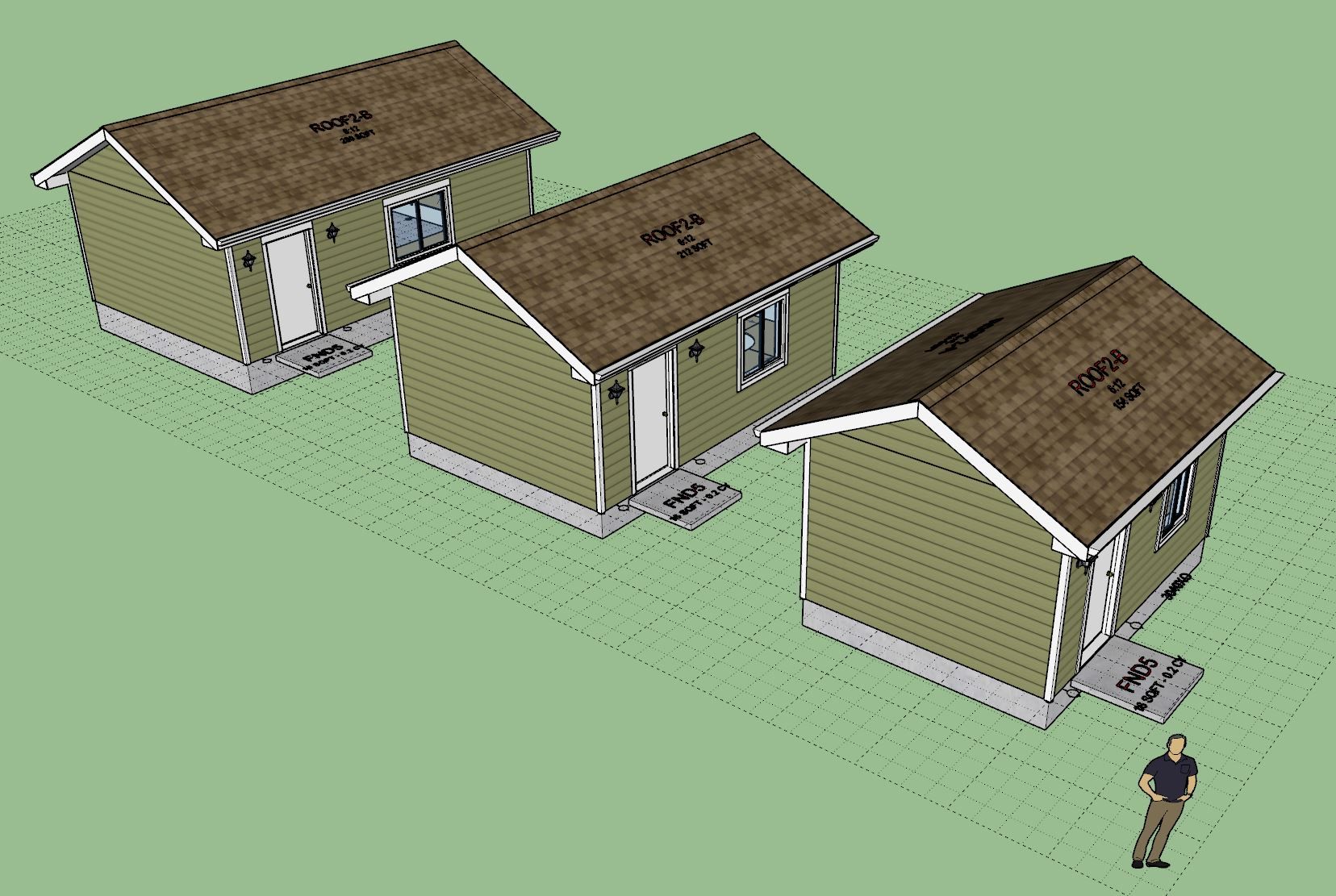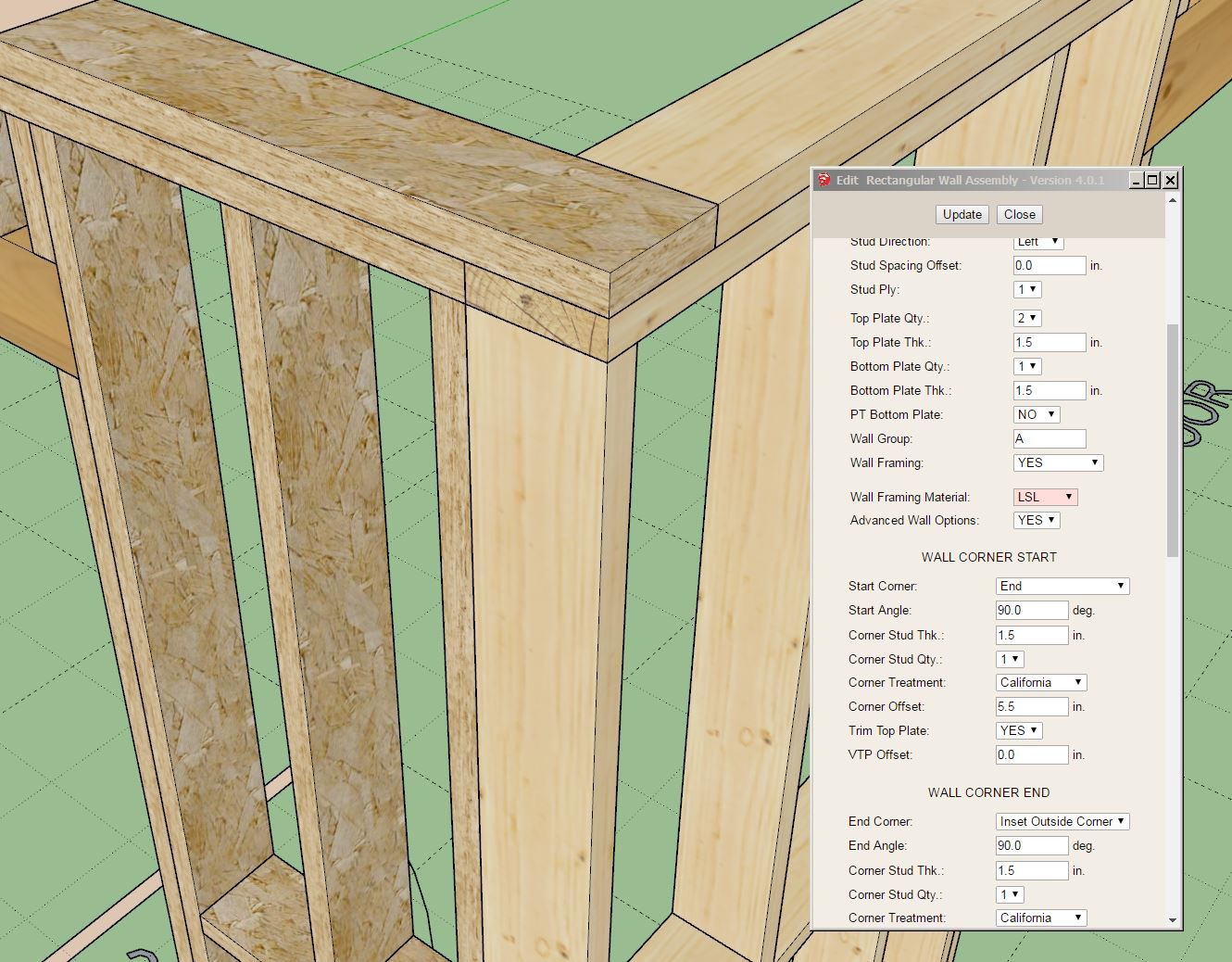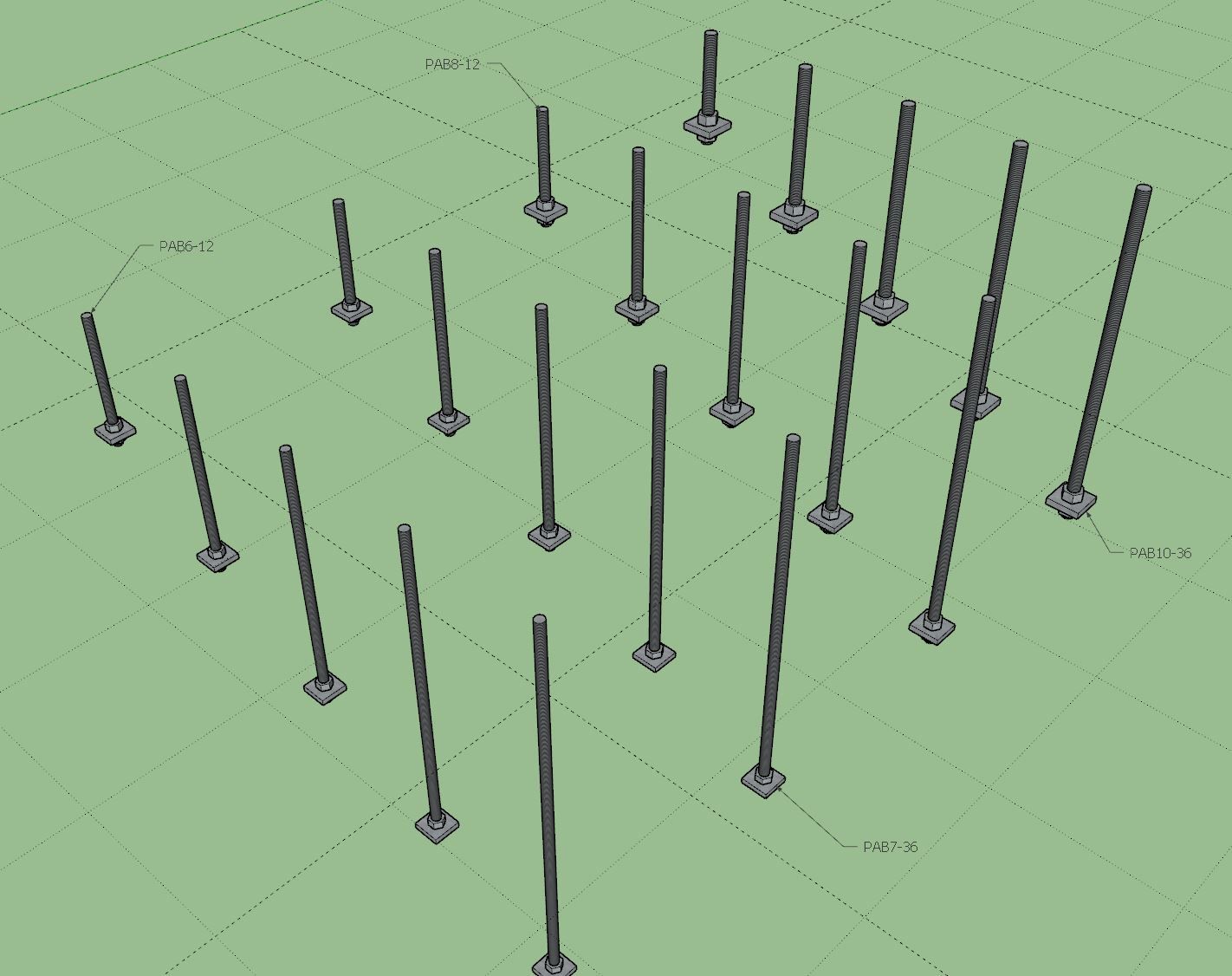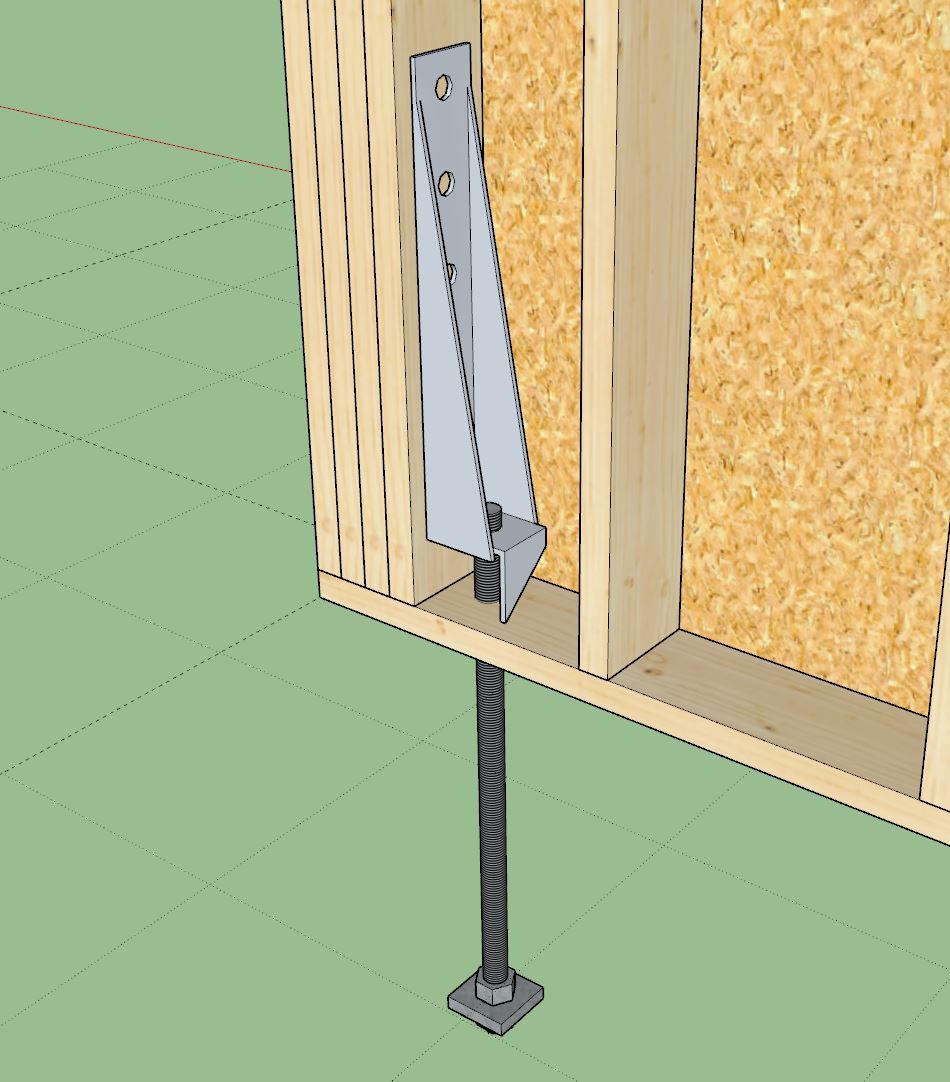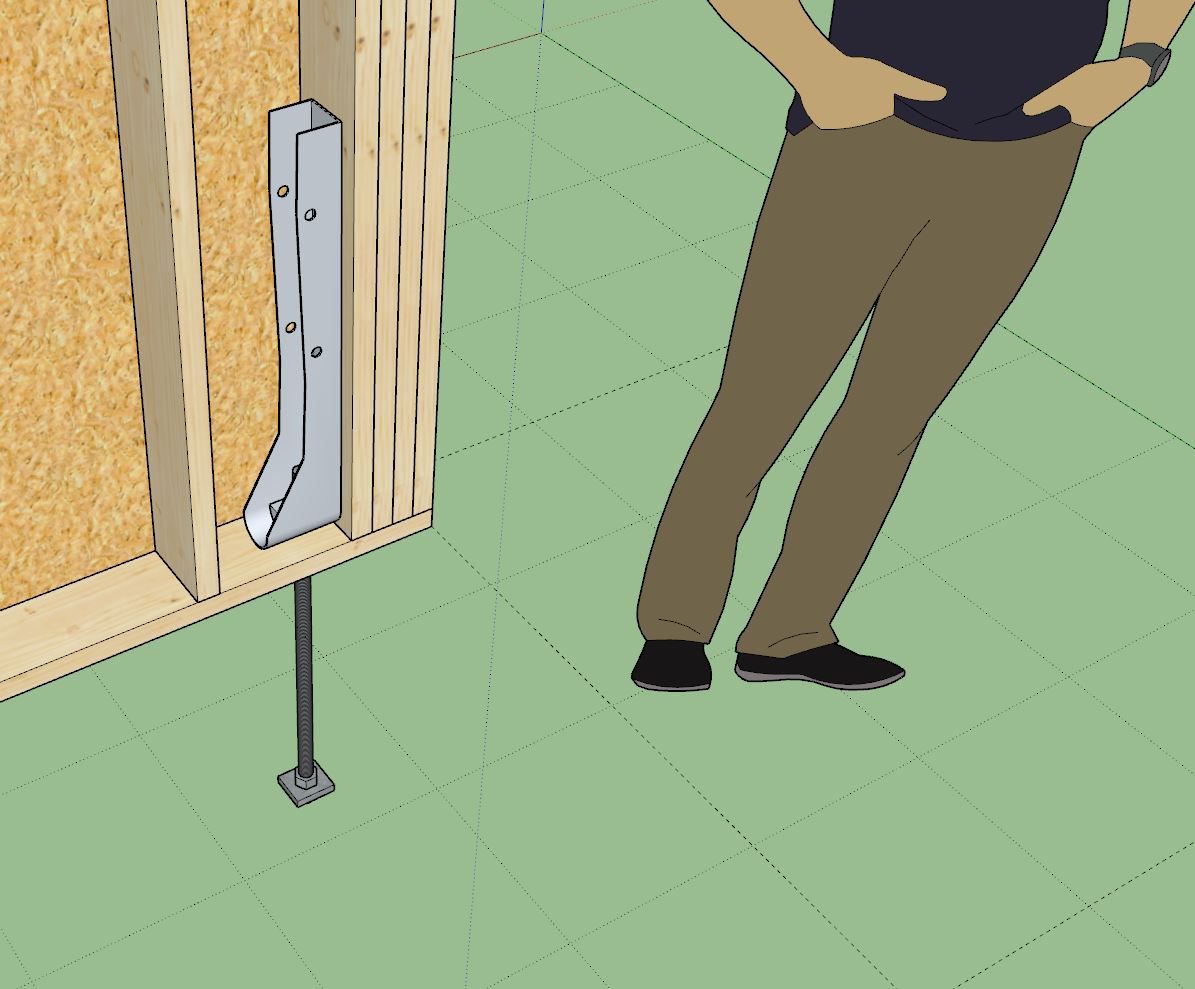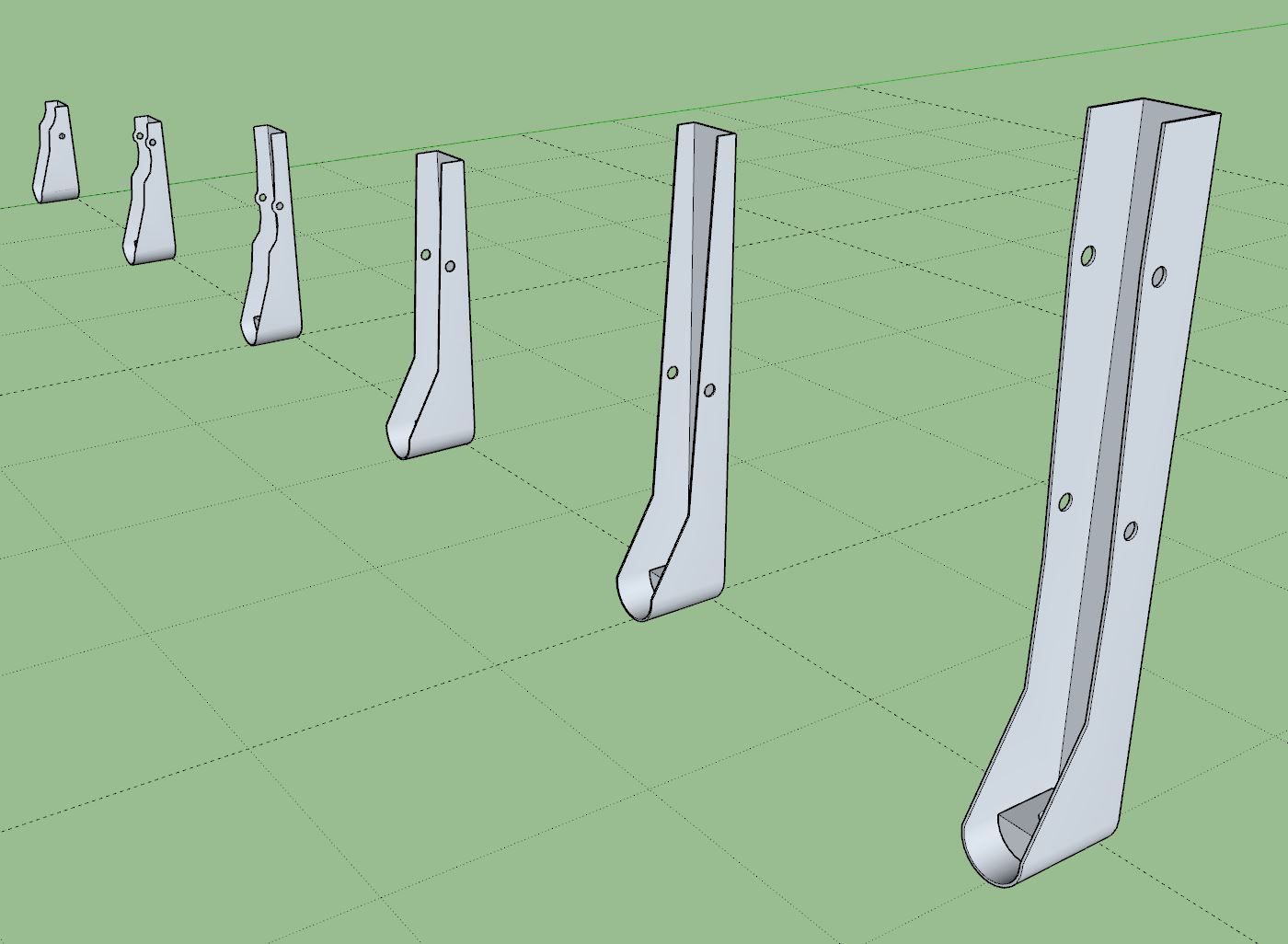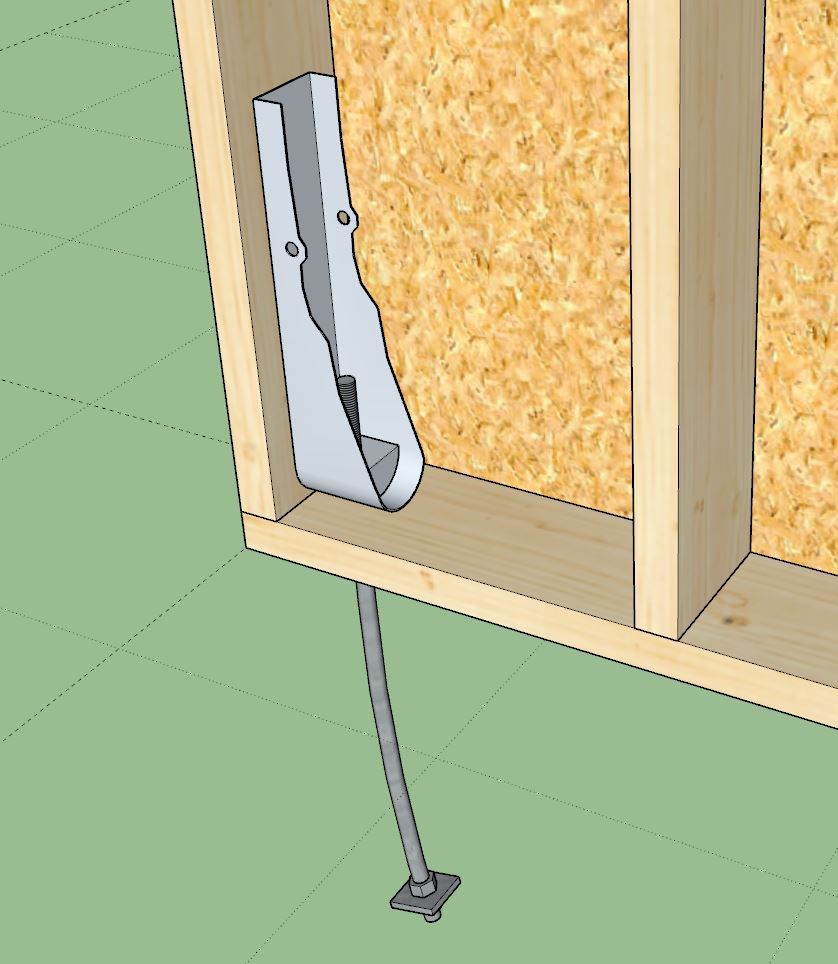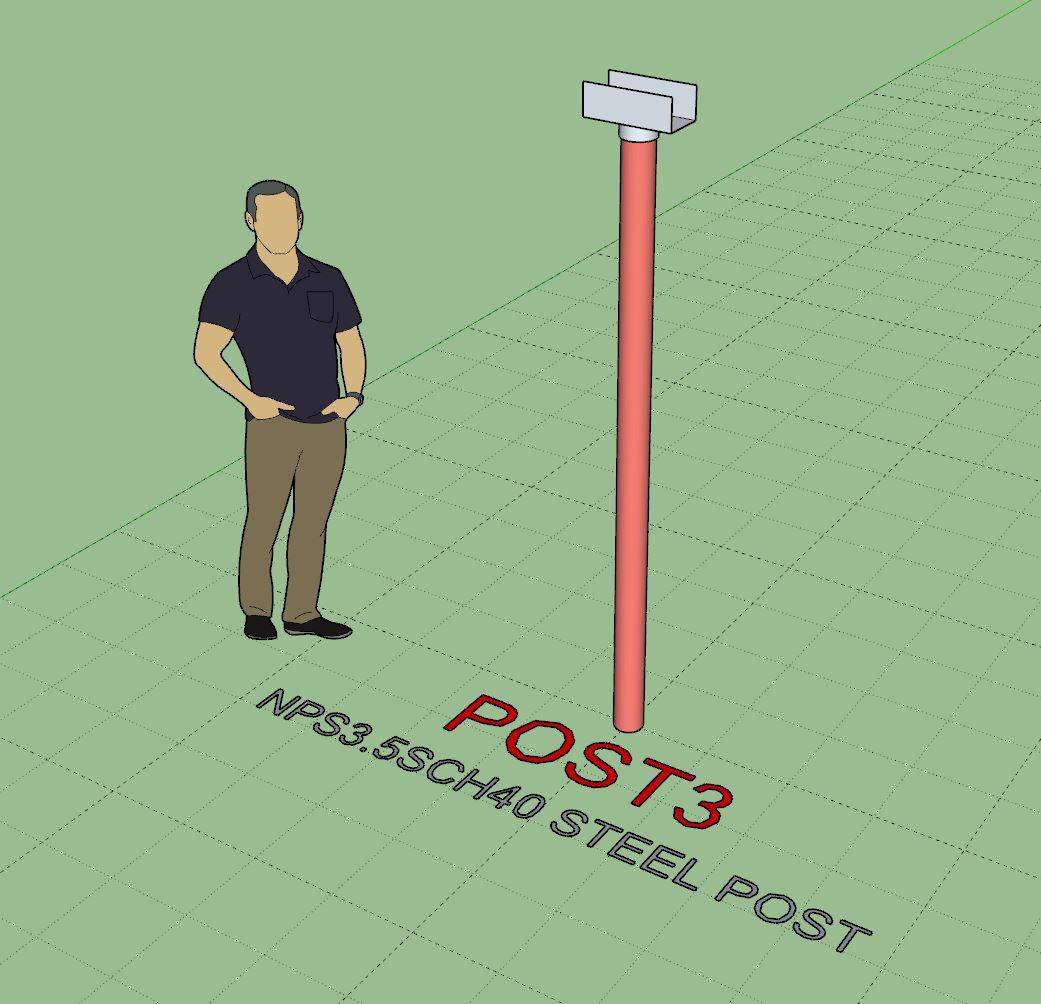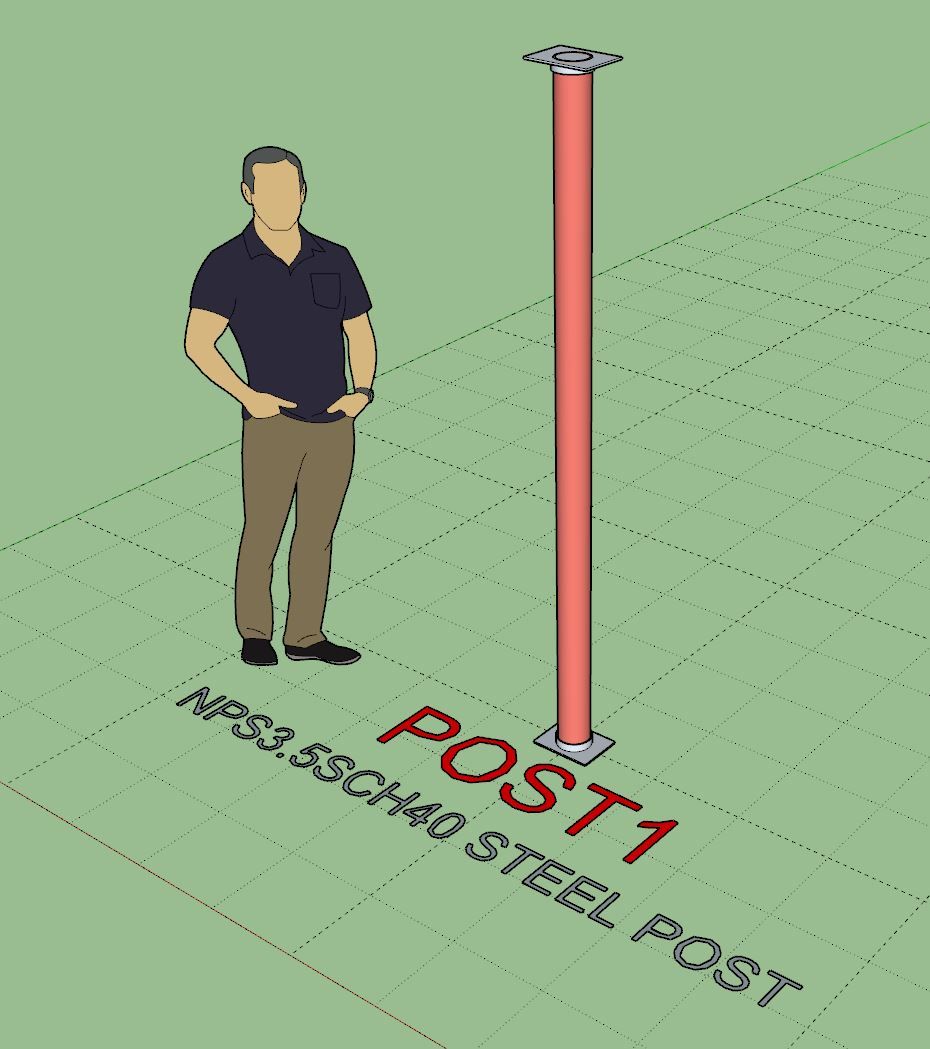After three weeks of non-stop coding I needed a break so I spent the day at the track (walking, I’m too old to run anymore) and then spent the evening digging up docs on Bryant furnaces. Surprisingly the dimensional data is quite accurate and thorough, here is the result:

Six actual models added, but really there are only three sizes (17.5, 21, 24).
I’ve been giving the calculations more thought and if I am able to incorporate that into the plugin then the BTUs, and other specs on these furnaces will also come in handy. I will probably need to create some sort of database or flat text file that has all the pertinent data on each furnace and the ability for the user to enter in custom furnaces and other appliances.
I always find that doing some low level modeling has an almost therapeutic effect. Maybe SketchUp is just such an fun to use and intuitive modeling environment, either way I find it to be a great way to relax and unwind.
